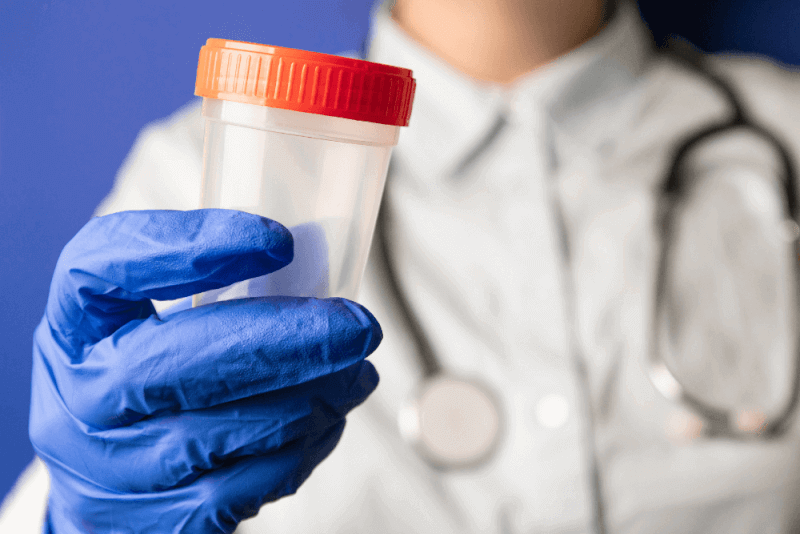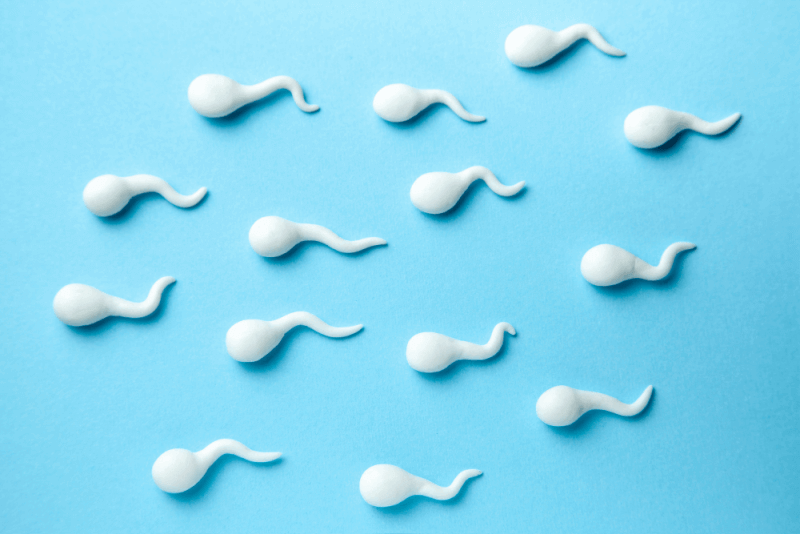30 Second Summary
- Spermiogram, also known as sperm analysis or semen analysis, examines sperm volume and quality. It is typically the first step in detecting fertility issues.
- Semen samples are generally collected at home. If done in a clinic or laboratory, there are special rooms available to provide a comfortable and private environment for masturbation.
- Spermiogram tests are primarily used when fertility problems are experienced. It helps determine if sperm-related issues are causing infertility.
- A small amount of white blood cells may be present in the semen. However, if there are more than 1 million white blood cells per millimeter, it indicates pyospermia.
What is a Spermiogram Test?
The spermiogram test, also known as sperm analysis or semen analysis, examines sperm volume and quality. It is the first step in identifying fertility issues. This test is also used to assess whether a vasectomy was successful.
Semen analysis is performed by examining a sperm sample under a microscope. The following factors are evaluated in this test:
- Sperm count
- Sperm shape
- Sperm motility
How is a Spermiogram Test Performed?
The spermiogram test requires a sperm sample. Typically, masturbation is used to obtain the sample. In most cases, the sperm sample is collected at home. However, if the test is performed in a clinical or laboratory setting, private rooms are provided to ensure the patient is in a comfortable and relaxed environment.
Before collecting the sample, it is important to ensure that both the hands and penis are clean. A wide-mouthed container is provided by the laboratory technician for collecting the sample. It is important to avoid touching the inside of the container. Additionally, if any semen is spilled or falls outside the container, it should not be collected back inside.
If the sample is collected at home, it should be delivered to the laboratory within one hour. Also, it is important to ensure that the sample remains at room temperature during transportation.
If masturbation is not possible for religious or other reasons, specialists may provide non-lubricated condoms that can be used during sexual intercourse to collect the sperm sample. The semen is then transferred into the provided container.
Why is a Spermiogram Test Performed?
The values assessed in a spermiogram test include the following:
pH Level
The pH level of the semen is measured to ensure that it is neither too acidic nor too alkaline, as a highly acidic semen environment can significantly affect sperm quality.
Semen Volume
The volume of the semen sample is measured in milliliters.
Sperm Density
The number of sperm per milliliter is calculated.
Sperm Morphology
This refers to the size and shape of the sperm cells.
Sperm Motility
This test measures the sperm’s ability to swim, also known as sperm motility.
Liquefaction Time
Liquefaction time refers to how quickly the semen changes from a sticky substance to a liquid form.
Live Sperm Count
This measures the percentage of live sperm in the semen sample.
White Blood Cells
The presence of white blood cells in the sample may indicate an infection or inflammation.
Which Diseases are Diagnosed with a Spermiogram Test?
The spermiogram test is primarily used when fertility problems arise. It helps determine whether sperm-related issues are contributing to infertility.
Additionally, it is used to assess the success of a vasectomy as part of the male contraception method. When used for this purpose, the semen test is performed 8 to 16 weeks after the operation.
Situations where a semen test may be needed include:
- Couples trying to conceive for at least 12 months without success
- Checking for sperm presence after a recent vasectomy procedure
How are Spermiogram Test Results Evaluated?
The results of the spermiogram test are generally explained by a doctor. The following are the expected normal value ranges for the test:
- The semen volume should be between 1.5 and 7.6 milliliters.
- Sperm concentration should be between 15 and 259 million sperm per milliliter.
- Sperm morphology should be between 4% and 48% normal.
- Sperm motility should be between 40% and 81%.
- The percentage of live sperm should be between 54% and 97%.
- A small number of white blood cells can be found in the semen, but if there are more than 1 million white blood cells per milliliter, it indicates pyospermia.







